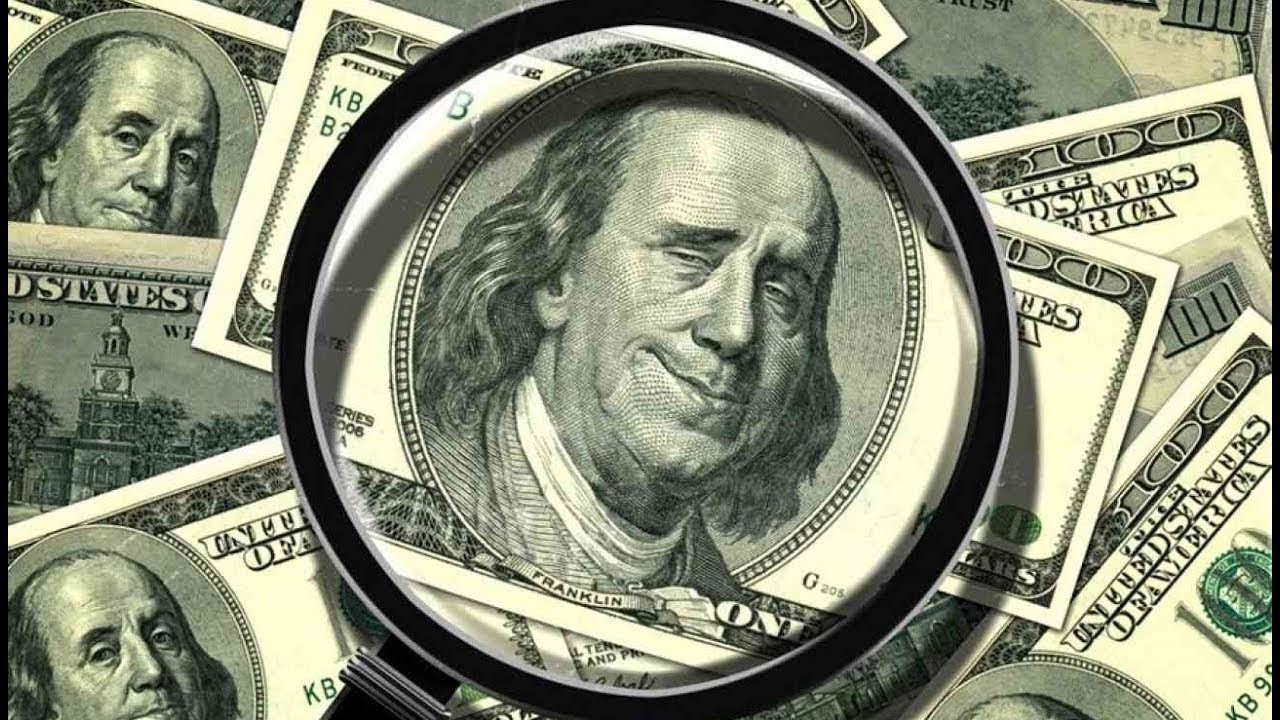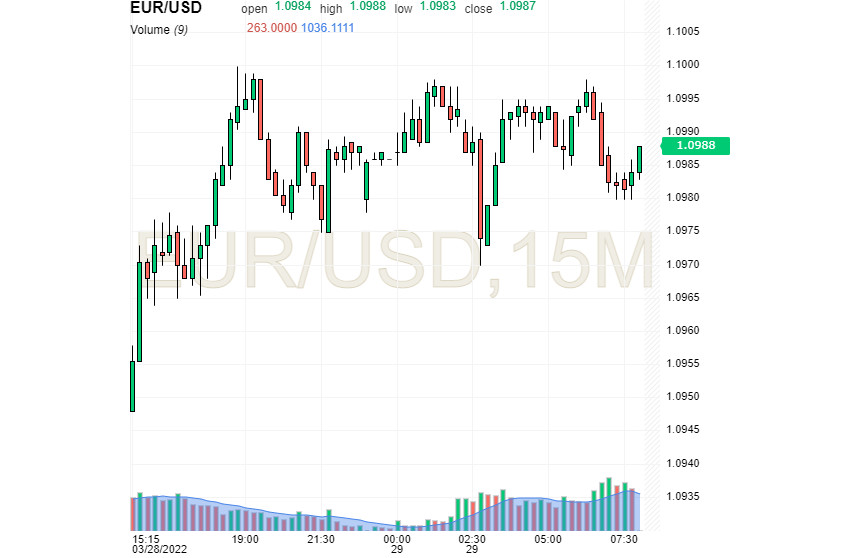
Some analysts argue that the US dollar is losing its status as a reserve currency. However, many FX strategists reckon that the position of the greenback in the global market will remain solid.
The majority of analysts contemplate that the Us currency is likely to fall into oblivion, while its major rivals will take the upper hand. They believe that in the long run, the US dollar will be replaced by the yuan. The euro and the ruble are also on the list of currencies that may defeat the hegemon. Investors are confused by different forecasts for the future prospects of the global financial system. They are now trying to find a way to weather the geopolitical storm.
Economists recommend not to panic and separate long-term trends from short-term ones. It will help realizes that it is too early to say goodbye to the US dollar. Currently, there is no real threat to the US dollar and the solvency of the US government.
The current financial balance will hardly be undermined even by serious changes such as the transition to settlements in national currencies. The implementation of such a scenario will lead to a drop in USD purchases but not to the complete rejection.
In addition, the greenback's rally is bolstered by growing US Treasurers amid expectations of another rate hike by 50 basis points in May this year. Currently, the 10-year government bond yield totals 2.5%, a high of May 2019.
The current situation has a positive effect on the medium-term prospects of the US dollar. Bides, the Fed's monetary policy tightening is also bullish for the greenback. The Fed's aggressive stance also coincides with steps taken by other leading central banks. However, unlike other regulators, the Fed acts more confidently, preparing for seven rate hikes in 2022. This indicator exceeds that of the Bank of Japan and the ECB. The US's main advantage is the geopolitical distance from Europe and the zone of the Russia-Ukrainian conflict. Importantly, the greenback is also a safe-haven asset and geopolitical turbulence will only fuel its rise.
For this reason, the European currency is facing bearish pressure due to negative macroeconomic and geopolitical factors. Earlier, Christine Lagarde, the president of the ECB, said that the regulator did not notice a significant risk of stagflation. The regulator expects to soften these risks and push inflation to the target level of 2% by 2024.
Lagarde's statements triggered a drop in the euro. Notably, it has already been weakened by soaring energy prices and geopolitical tensions. At the beginning of this week, the EUR/USD pair entered a downward spiral, trading below 1.1000. According to analysts, the pair declined to the level where it had been trading for the last six months before the COVID-19 pandemic. On March 29, the EUR/USD pair was trading near 1.0988 despite a strong bearish bias.

This is why the US dollar is sure to remain strong. It is almost immune to geopolitical headwinds. At the same time, its price reflects the current market trends. Earlier, in 2001, one of the economists at Morgan Stanley Bank coined the term "dollar smile". "In all, we could see a vicious cycle emerging, as dollar weakness makes holding USD assets less attractive, driving asset de-risking and in turn, repatriation and dollar weakness," Morgan Stanley noted. The term describes the trajectory of the US dollar in different time periods, e.g. the strengthening of the greenback amid monetary policy tightening. During such a period, the US economy is steady. It also reflects risk aversion and rising demand for the US dollar as a safe-haven asset.
The Intermediate stages are when the US dollar drops and the expansion of the US economy slows down. At the same time, the global economy gains momentum. However, even in such a situation, the US dollar is grinning, cushioning itself from growing risks. Therefore, analysts are not jumping to conclusions about the imminent collapse of the US dollar. When the US economy is weak, the Fed launches QE. As a result, investors flock to the bond market after buying up dollars to buy Treasuries. At the same time, the greenback is required for any financial transactions.
Concerns about the possible depreciation of the US currency because of QE are groundless. It is unlikely to happen amid inflation, deflation that accompanies any recession (a drop in consumer spending amid lower prices), and similar monetary policies of other central banks. These factors help the US currency remain strong, economists summarize.
 English
English 
 Русский
Русский Bahasa Indonesia
Bahasa Indonesia Bahasa Malay
Bahasa Malay ไทย
ไทย Español
Español Deutsch
Deutsch Български
Български Français
Français Tiếng Việt
Tiếng Việt 中文
中文 বাংলা
বাংলা हिन्दी
हिन्दी Čeština
Čeština Українська
Українська Română
Română

